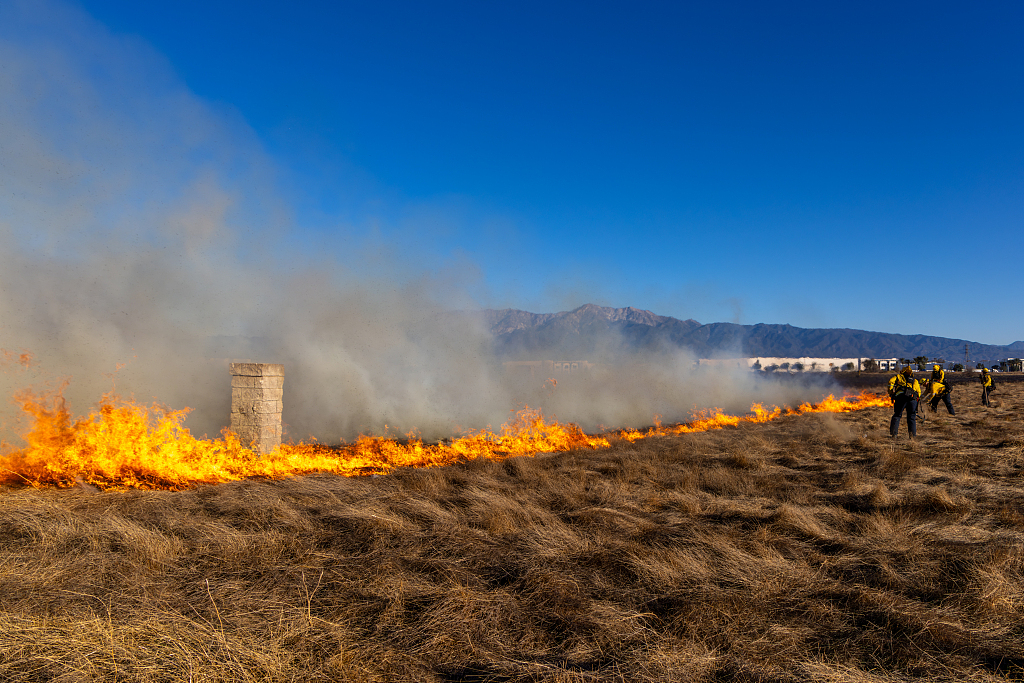A wildfire burning in a remote Hawaii rainforest is underscoring a new reality for the normally lush island state just a few months after a devastating blaze on a neighboring island leveled an entire town and killed at least 99 people.
No one was injured and no homes burned in the latest fire, which scorched mountain ridges on Oahu, but the flames wiped out irreplaceable native forestland that's home to nearly two dozen fragile species. Overall, the ingredients are the same as they were in Maui's historic town of Lahaina: severe drought fueled by climate change is creating fire in Hawaii where it has almost never been before.
"It was really beautiful native forest," said JC Watson, the manager of the Koolau Mountains Watershed Partnership, which helps take care of the land. He recalled it had uluhe fern, which often dominates Hawaii rainforests, and koa trees whose wood has traditionally been used to make canoes, surfboards and ukuleles.
"It's not a full-on clean burn, but it is pretty moonscape-looking out there," Watson said.
The fact that this fire was on Oahu's wetter, windward side is a "red flag to all of us that there is change afoot," said Sam 'Ohu Gon III, senior scientist and cultural adviser at The Nature Conservancy in Hawaii.
The fire mostly burned inside the Oahu Forest National Wildlife Refuge, which is home to 22 species listed as endangered or threatened by the U.S. government. They include iiwi and elepaio birds, a tree snail called pupu kani oe and the Hawaiian hoary bat, also known as opeapea. The U.S. Fish and Wildlife Service, which manages the refuge, does not know yet what plants or wildlife may have been damaged or harmed by the fire, spokesperson Kristen Oleyte-Velasco said.
The burn area may seem relatively small compared to wildfires on the U.S. continent, which can raze hundreds of square miles. But Hawaii's intact native ecosystems aren't large to begin with, especially on smaller islands like Oahu, so even limited fires have far-reaching consequences.
One major concern is what plants will grow in place of the native forest.
Hawaii's native plants evolved without encountering regular fires and fire is not part of their natural life cycle. Faster-growing non-native plants with more seeds tend to sprout in place of native species afterward.
Watson said an Oahu forest near the latest fire had uluhe ferns, koa trees and ohia trees before a blaze burned less than a square mile of it in 2015. Now the land features invasive grasses that are more fire-prone, and some slow-growing koa.
Watson's organization is coordinating with the Fish and Wildlife Service to conduct initial surveys of the damage. They'll devise a restoration plan that will include invasive species control and planting native species. But there are limits to what can be done.
"It'll never be able to be returned to its previous state within our lifetimes," Watson said. "It's forever changed, unfortunately."
(Cover image via CFP)


